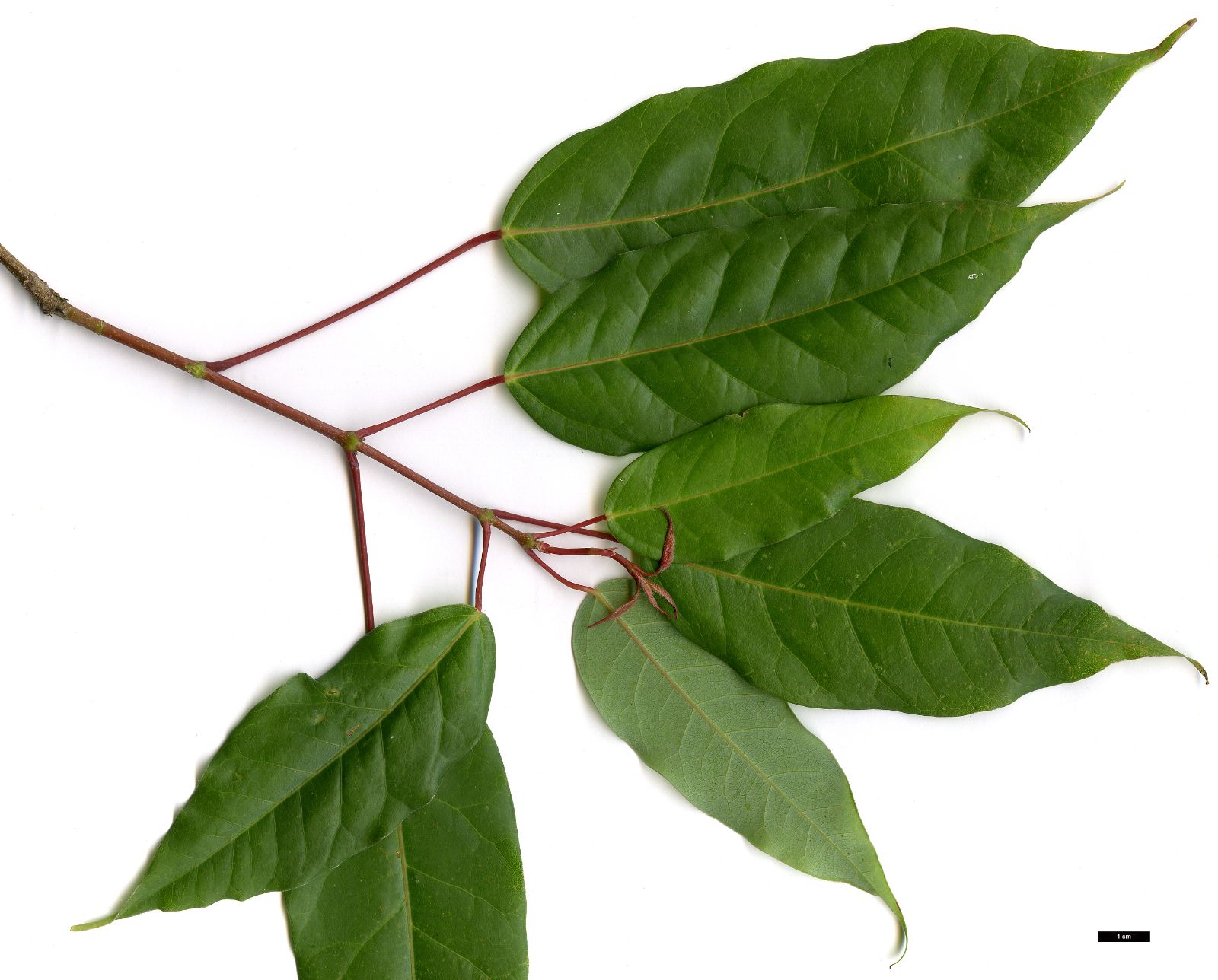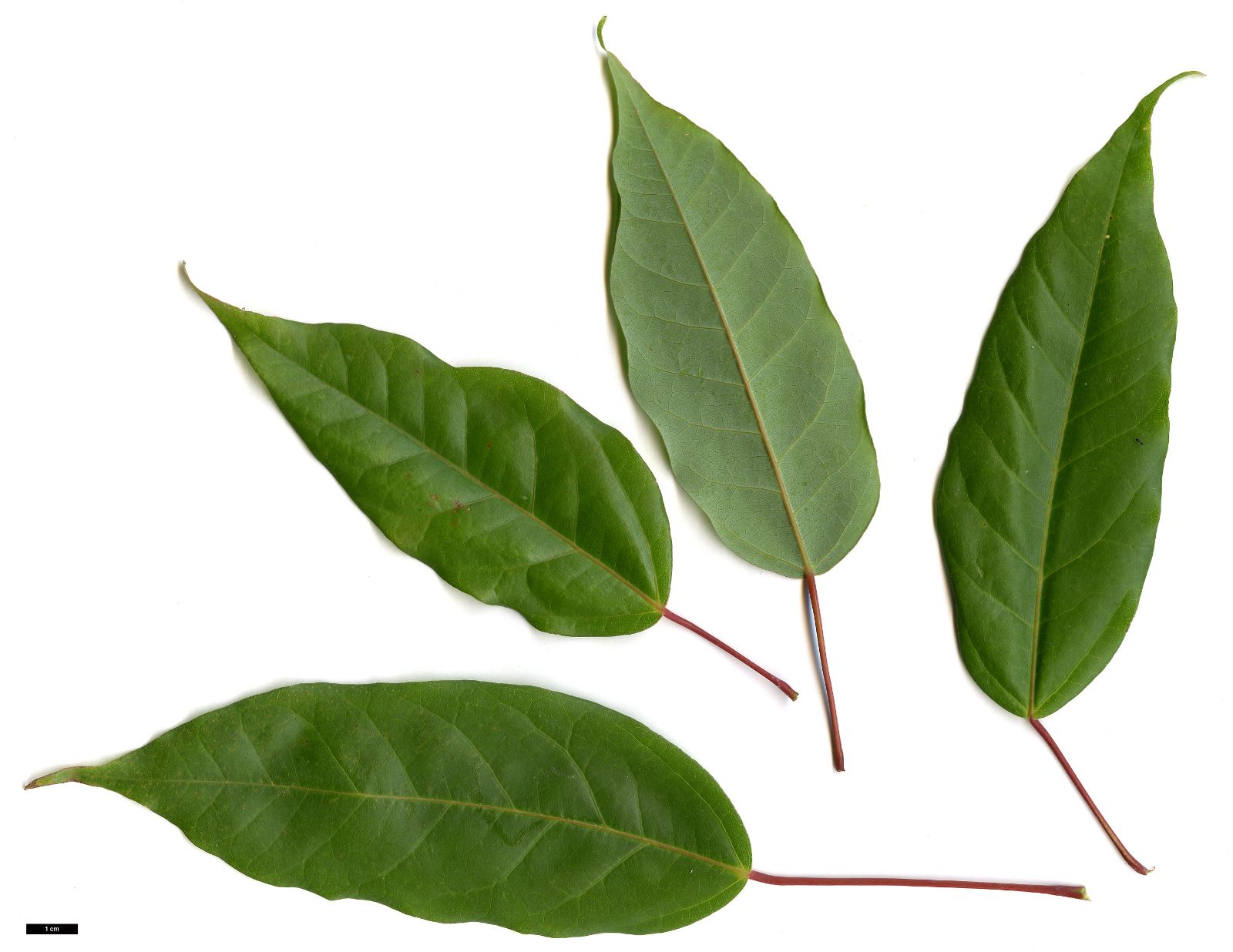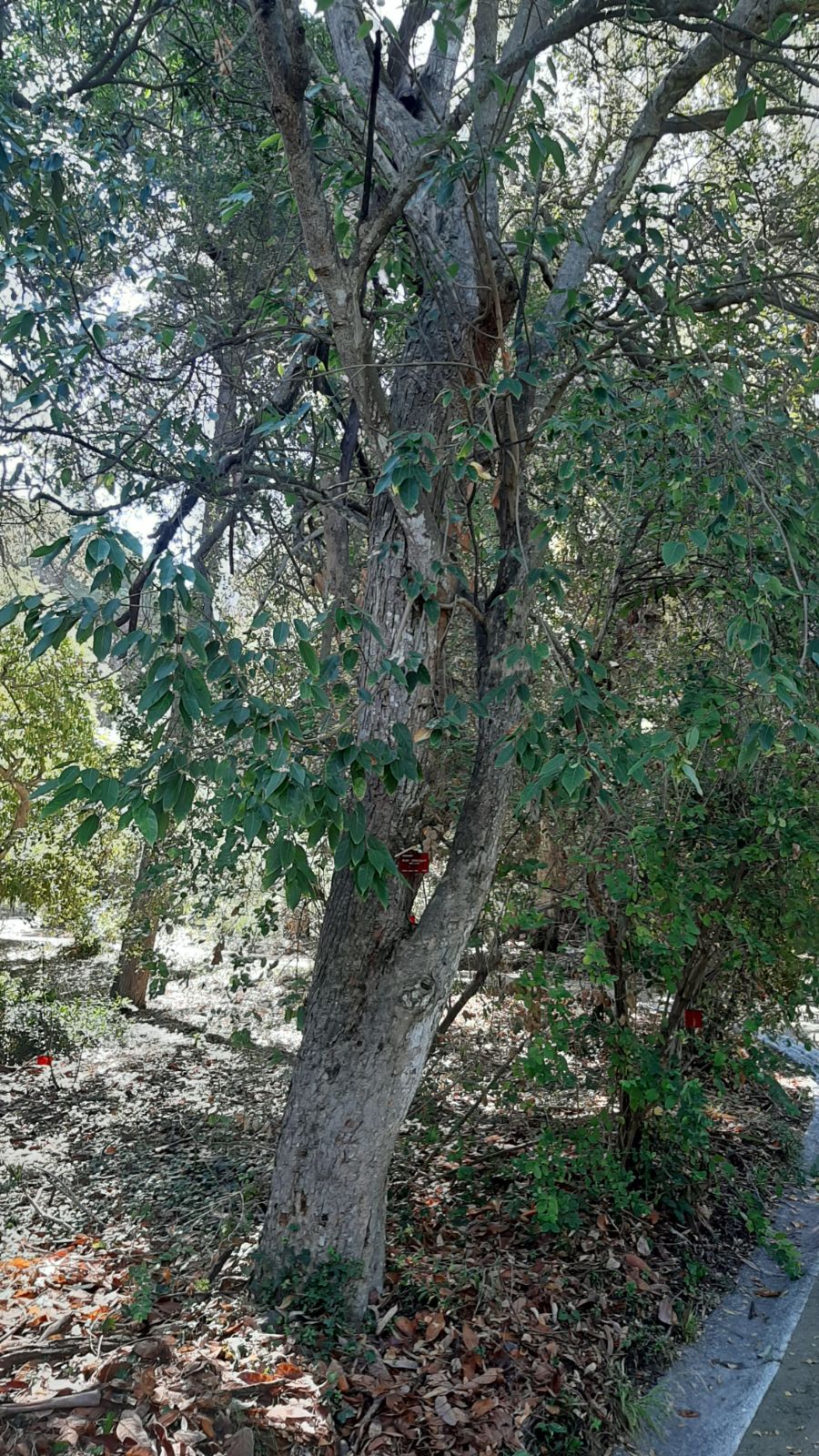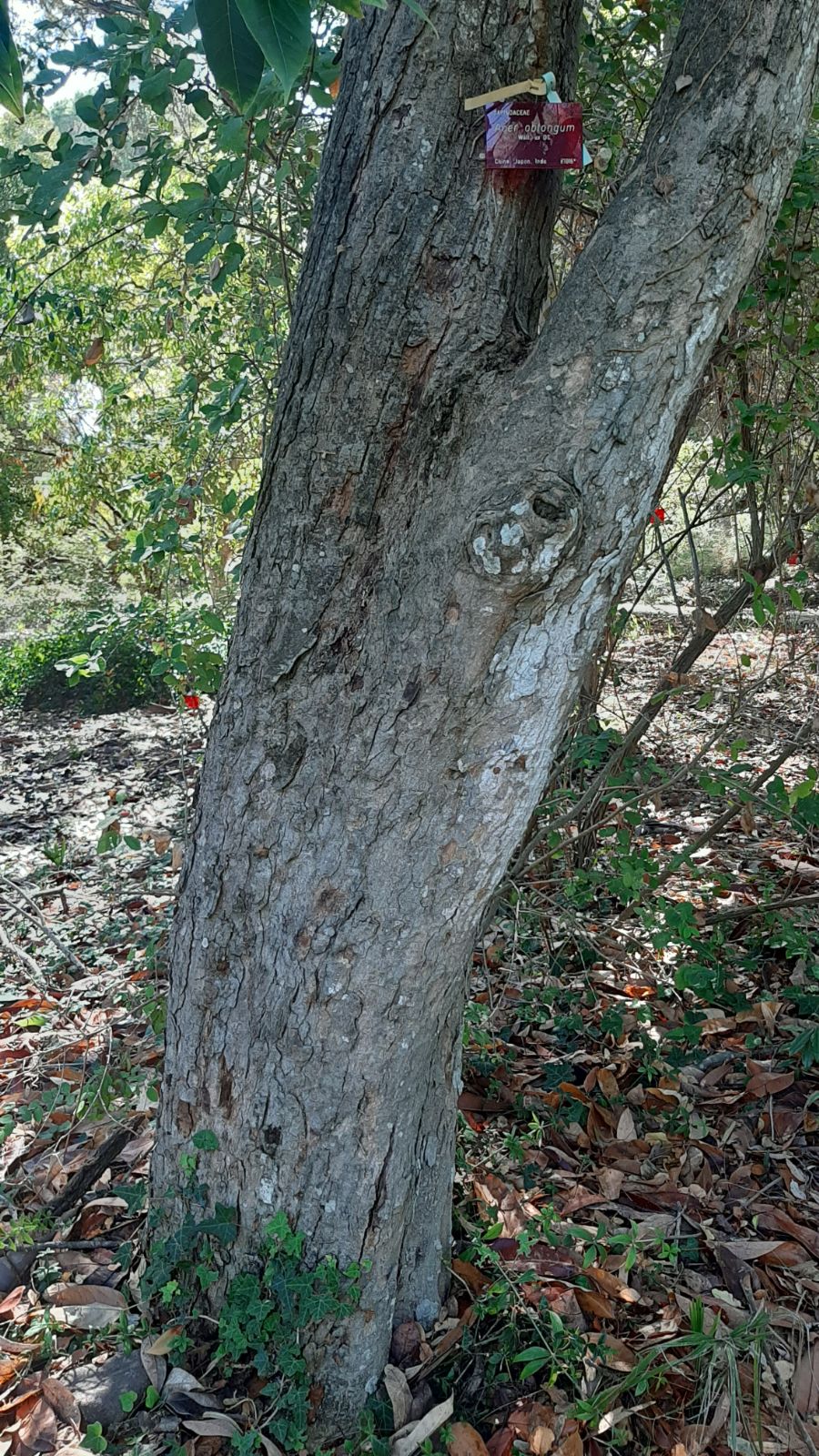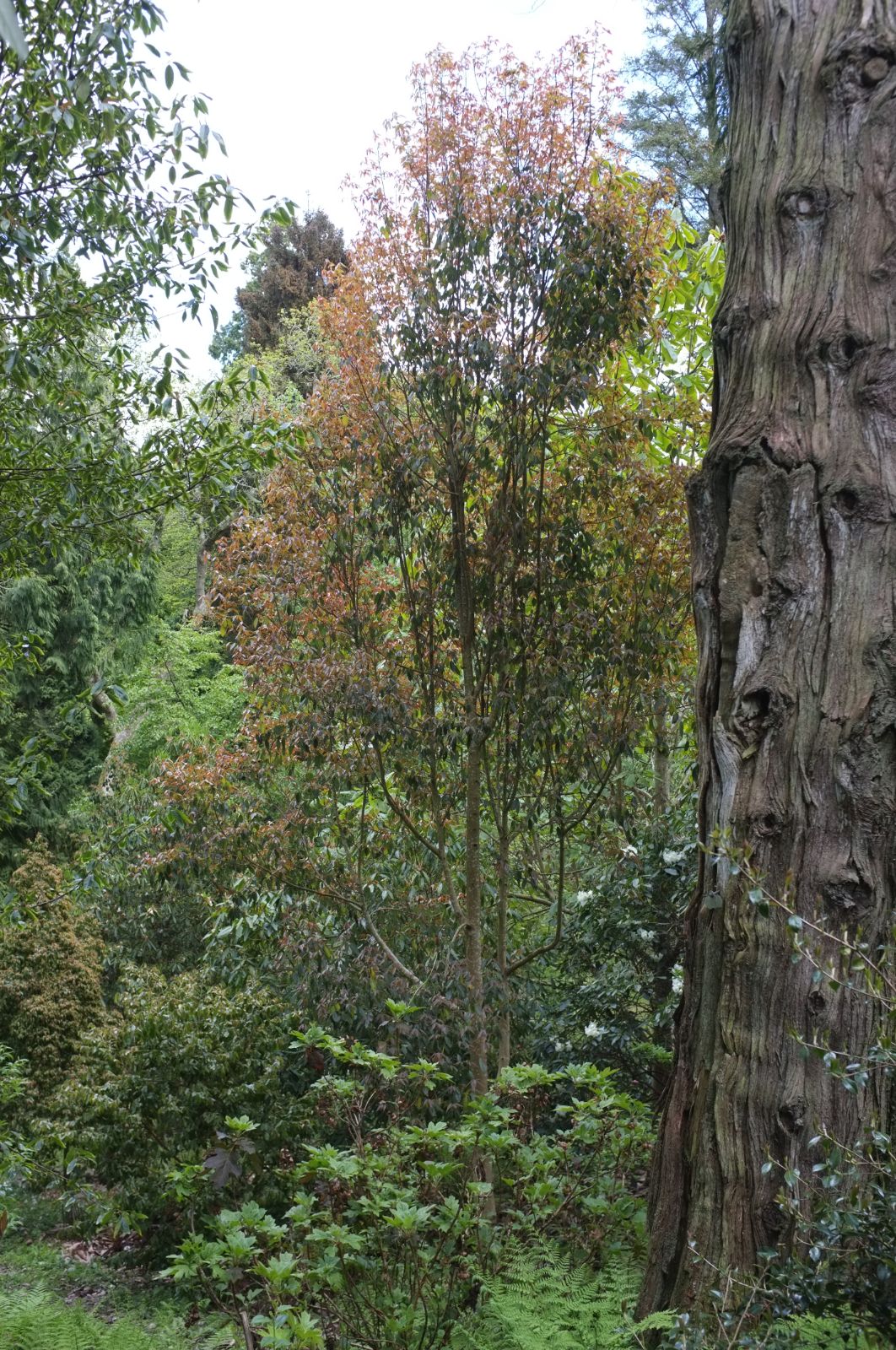Acer oblongum
Sponsor
Kindly sponsored by
a member of the International Dendrology Society
Credits
Article from Bean's Trees and Shrubs Hardy in the British Isles
Article from New Trees by John Grimshaw & Ross Bayton
Recommended citation
'Acer oblongum' from the website Trees and Shrubs Online (treesandshrubsonline.
Genus
- Acer
- Sect. Palmata, Ser. Penninervia
Infraspecifics
Other taxa in genus
- Acer acuminatum
- Acer amplum
- Acer argutum
- Acer barbinerve
- Acer buergerianum
- Acer caesium
- Acer calcaratum
- Acer campbellii
- Acer campestre
- Acer 'Candy Stripe'
- Acer capillipes
- Acer cappadocicum
- Acer carpinifolium
- Acer 'Cascade'
- Acer caudatum
- Acer ceriferum
- Acer chapaense
- Acer chienii
- Acer circinatum
- Acer cissifolium
- Acer × conspicuum
- Acer cordatum
- Acer coriaceifolium
- Acer × coriaceum
- Acer crataegifolium
- Acer davidii
- Acer diabolicum
- Acer distylum
- Acer divergens
- Acer duplicatoserratum
- Acer elegantulum
- Acer erianthum
- Acer 'Esk Flamingo'
- Acer fargesii
- Acer fenzelianum
- Acer flabellatum
- Acer forrestii
- Acer franchetii
- Acer × freemanii
- Acer fulvescens
- Acer 'Gimborn'
- Acer ginnala
- Acer glabrum
- Acer 'Gold Coin'
- Acer granatense
- Acer grandidentatum
- Acer griseum
- Acer heldreichii
- Acer henryi
- Acer × hillieri
- Acer hookeri
- Acer hyrcanum
- Acer japonicum
- Acer kawakamii
- Acer komarovii
- Acer laevigatum
- Acer laurinum
- Acer laxiflorum
- Acer lobelii
- Acer longipes
- Acer macrophyllum
- Acer mandshuricum
- Acer maximowiczianum
- Acer maximowiczii
- Acer metcalfii
- Acer miaotaiense
- Acer micranthum
- Acer 'Mindavi'
- Acer 'Minorient'
- Acer miyabei
- Acer miyabei × campestre
- Acer monspessulanum
- Acer morifolium
- Acer 'Mozart'
- Acer obtusifolium
- Acer okamotoanum
- Acer oliverianum
- Acer opalus
- Acer orientale
- Acer palmatum
- Acer papilio
- Acer pauciflorum
- Acer pectinatum
- Acer pensylvanicum
- Acer pentaphyllum
- Acer pentapotamicum
- Acer pictum
- Acer pilosum
- Acer pinnatinervium
- Acer platanoides
- Acer platanoides × amplum
- Acer platanoides × truncatum
- Acer × pseudoheldreichii
- Acer pseudoplatanus
- Acer pseudosieboldianum
- Acer pubinerve
- Acer pycnanthum
- Acer rubescens
- Acer rubrum
- Acer rufinerve
- Acer saccharinum
- Acer saccharum
- Acer sempervirens
- Acer 'Serpentine'
- Acer serrulatum
- Acer shenkanense
- Acer sieboldianum
- Acer sikkimense
- Acer 'Silver Cardinal'
- Acer 'Silver Ghost'
- Acer sinense
- Acer sinopurpurascens
- Acer spicatum
- Acer stachyophyllum
- Acer taronense
- Acer tataricum
- Acer tegmentosum
- Acer tenellum
- Acer tetramerum
- Acer tibetense
- Acer tonkinense
- Acer triflorum
- Acer truncatum
- Acer tschonoskii
- Acer turkestanicum
- Acer tutcheri
- Acer ukurunduense
- Acer velutinum
- Acer wardii
- Acer 'White Tigress'
- Acer wilsonii
- Acer × zoeschense
A sub-evergreen or deciduous tree, found both in the Himalaya and China. In the Himalaya it grows 50 ft in height, but plants from that region are too tender for our climate. In China it appears to be most frequently 20 to 25 ft high. It is a tree without down; the leaves hard and leathery in texture, normally oblong or oblong-ovate, 2 to 4 in. long, 3⁄4 to 11⁄2 in. wide; pointed at the apex, tapered or rounded at the base, normally neither lobed nor toothed; distinctly glaucous beneath. In the Himalayan form the leaves may be up to 6 or 7 in. long. Flowers in downy panicles. Fruits glabrous; keys about 1 in. long; the wings about 1⁄4 in. wide.
Native of the Himalaya, W. and S. China; an allied species is found in Formosa. This species is variable in leaf; the venation may be quite pinnate or become three-veined by the proportionately stronger development of the basal pair of lateral veins. Young plants often bear distinctly three-lobed, sharply toothed leaves as well as the normal ones. Three-lobed leaves may also occur on adult trees and it was such a one that furnished the type of Henry’s var. trilobum, but this condition seems to be part of the normal variation of the species.
A. oblongum was introduced from the Himalaya in 1824 and a hardier form by Wilson in 1901. A tree at Kew from this seed died, but another, bought from Veitch in 1908, and almost certainly also from Wilson seed, proved hardy and is now 22 ft high (1960).
From the Supplement (Vol. V)
In addition to A. paxii, there are other allies of A. oblongum in China and Formosa (Taiwan). Those introduced by Gordon Harris are A. albo-purpurascens Hayata of Formosa; A. cinnamomifolium Hayata from eastern China; and A. lanceolatum Molliard from Hong Kong. All these have proved tender.
From New Trees
Acer oblongum DC.
(Sect. Palmata, Ser. Penninervia)
Flying Moth Maple
This species was described by Bean (B215, S49) and Krüssmann (K86). It is in general rather tender, but is valued as a street tree in Mediterranean Europe and southern California (le Hardÿ de Beaulieu 2003). Six varieties are recognised in addition to var. oblongum; of these, two (var. concolor and var. latialatum) were discussed by Bean, and a third, var. itoanum, has recently come into cultivation.
Seedlings attributed to A. oblongum var. concolor Pax (see Bean: B215) have been offered commercially, from a collection made in Vietnam in 2003 (HWJ 3869). The parent trees had a very striking white glaucous underside to their leaves (Heronswood Nursery catalogue 2005), which should make these very interesting specimens to watch. Dan Hinkley (pers. comm. 2007) reported that individuals in his garden in coastal Washington had been defoliated by frosts of –8 ºC in the winter of 2006– 2007, but that they were budding out in the spring. Young plants seen at Crûg Farm, Gwynedd in 2007 had rather large leaves, and their identification should perhaps be revisited in future.
A paxii Franch.
Synonyms
A. oblongum var. biauritum W. W. Sm
var. concolor Pax
Leaves green on both sides.var. itoanum (Hayata) H.L. Li
Var. itoanum differs from typical A. oblongum in its slightly smaller leaves (4.5–10 × 2–5 cm) with wavy margins, and its somewhat isolated distribution. Van Gelderen et al. 1994. Distribution JAPAN: Ryukyu Is. Habitat Subtropical evergreen forests between 1000 and 1700 m asl. USDA Hardiness Zone 9–10. Conservation status Not evaluated. Illustration NT75.
The only large specimen of Acer oblongum var. itoanum seen in the research for the current work grows at Quarryhill, where it was 3.5 m in 2004. The leaves of this individual vary from simple to trilobed or irregular in shape, and are dull dark green in colour. Perhaps because it is planted in a comparatively open spot, its foliage is apt to be sun-scorched, and the shoot tips can be damaged by frost; a site under a high canopy might be more favourable. This tree is a survivor from a batch of seedlings raised from the 1992 Index Seminum of Chiba University, Japan, the rest having succumbed to Armillaria (W. McNamara, pers. comm. 2004; H. Higson, pers. comm. 2007). There is a young plant still in the nursery at Kew, donated by Makino Botanical Garden, Japan.

